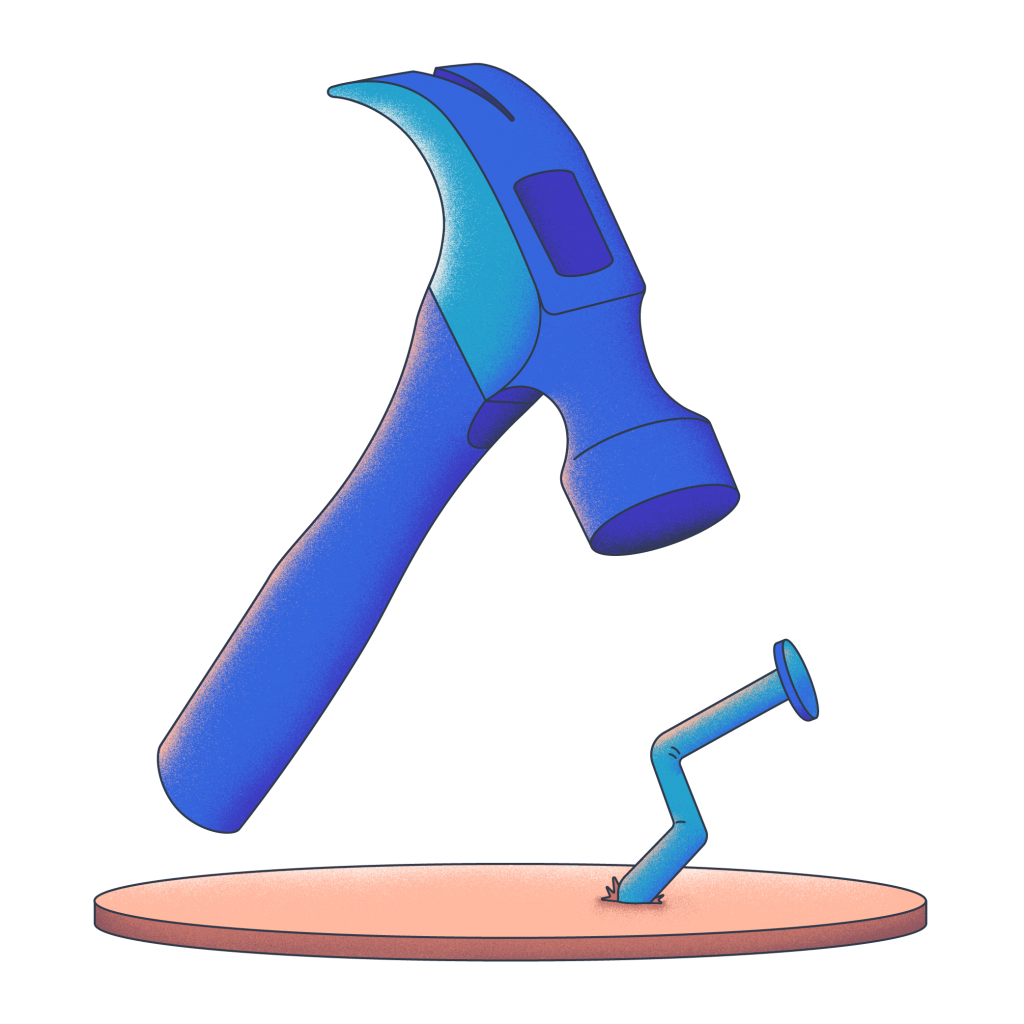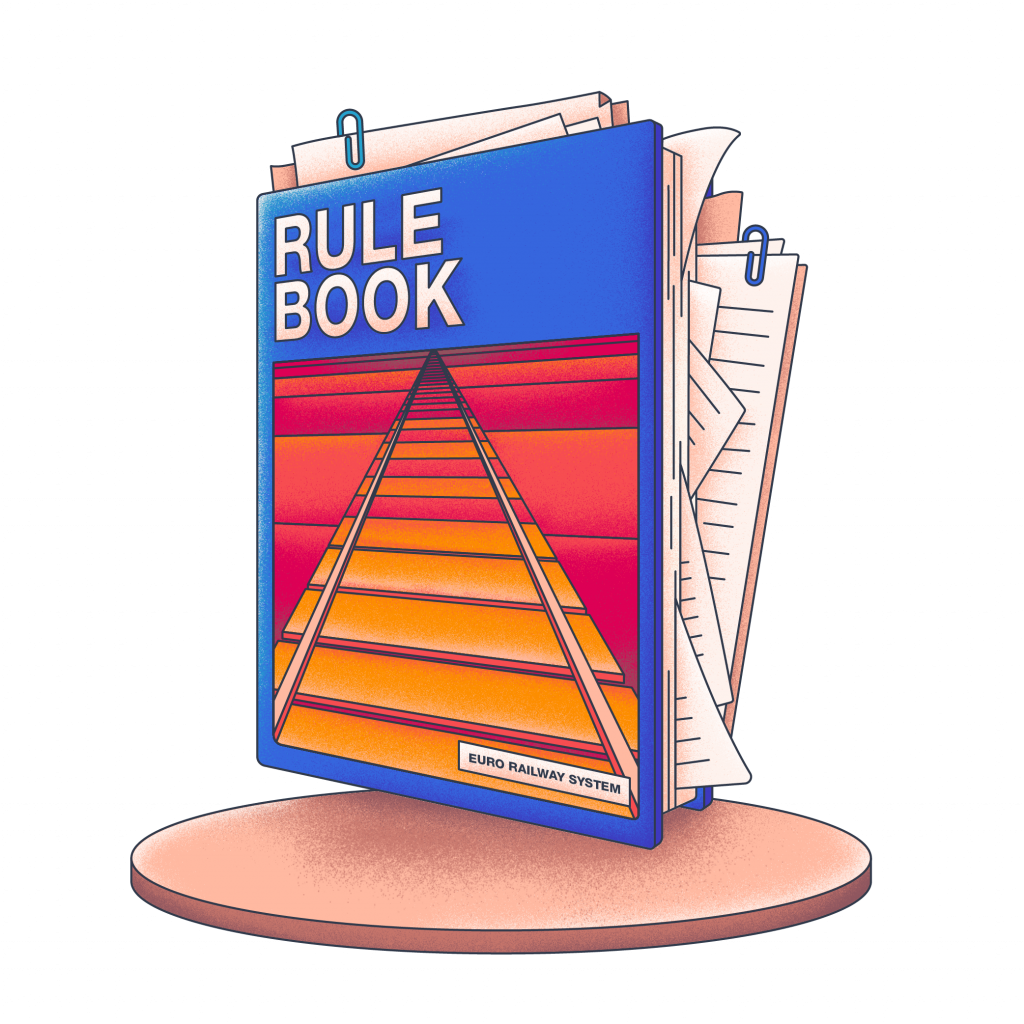Reinventing railway for the digital age
As we recognize the European Year of Rail in 2021, it’s a great time to reflect on the almost 200 years that Europe’s rail operators have set the global gold standard for train travel between cities, countries and even continents, from the first steam-powered locomotives of the 1820s, to long-distance services such as the Orient Express that still conjure evocative images of luxury and glamour.
While the late 20th century saw a dip in Europe’s cross-border train services as the demand for low-cost airline travel increased, rail travel is now once more on the rise. It’s a welcome trend by EU policymakers who view Europe’s railways as essential for making the mobility mix more environmentally friendly.
To meet 21st century travelers’ expectations, railway operators are increasingly embracing the cloud.
Keeping information and processes on track
Throughout Europe each day, station staff deal with a mixture of different incidents, from broken-down elevators to trampolines on the train line, all of which cause delays. One of the most frustrating aspects of these delays for passengers is a lack of information. This is often due to outdated incident procedures which can also make the issue worse.

To deal with problems more efficiently, staff from Belgian Railway SNCB transformed the company’s existing incident management process by creating a streamlined, integrated workflow using Teams, Microsoft’s cloud-based collaboration platform, resulting in an almost immediate change for the better.
“The problem was that everyone called the passenger coordinator with information, and that person became both the bottleneck and the only source of information,” says Lode Van Steenberge, Antwerp zone chief. “We created an incident management group in Teams and added channels for critical and non-critical incidents. Now we have a general forum to collaborate and resolve incidents much faster.”
Now, the passenger coordinator fills out an incident form through Microsoft Forms, kicking off a Power Automate workflow in Teams designed to get the word out to all effected parties. From there, colleagues can post pictures or add relevant information to help resolve the issue.
Van Steenberge also notes how it used to take a long time to identify the correct support staff, even for smaller incidents, are now being solved much faster with the right people in the loop.
“Some problems take hours, but if you tell it to the right person, they can be solved in 5 minutes,” he says. “Just recently a customer took a picture of a loose nail highlighting that it was dangerous.
We sent the picture to our maintenance team in the station, and they took a hammer and put it down, problem solved. Before, a simple issue like that could take maybe a couple of hours to deal with.”
Sending better signals
While most major terminals across Belgium use electronic signal boards for many smaller stations, conductors have historically relied upon a whistle to communicate to the driver when the train is ready to depart.
To create a system that works universally, SNCB developed the Linda app on Azure. Linda makes it smarter, safer and more efficient for the conductor to communicate with the driver during departure, says Kevin Vermeylen, an SNCB train driver.
“The train conductor does their first swipe to let the signal box know that the train is ready to depart, then automatically all the information screens display a message saying the train is about to leave and passengers can no longer enter,” he says. “Then the conductor closes all the doors, they simply swipe again and that signal will be transmitted to the driver via their tablet saying all is well, the train is now ready to depart.”

In addition to making the departure process more uniform across station stops, it gives the conductor even more time to make sure everything happens safely, says Vermeylen.
The conductor can also more easily access the train driver rule books since its move to an Azure cloud solution called E Drive.
Since the 1930s, the rule book, which informs train drivers of traffic regulation changes, has been delivered on paper, meaning drivers had to carry around heavy packs of information. Changes to regulations meant new pages needed to be swapped in. Since updates occurred quite often, they were difficult to keep up with, so drivers were working from different, and sometimes outdated, rule books.
Regulation changes now happen twice a year and drivers have been equipped with tablets to ease their paper burden. But even digitally, new updates required the driver to download a PDF. The process of syncing this to their device could take up to 20 minutes at the beginning of service. E Drive has significantly shortened that time.
“Now we don’t have to download the updates, we can just look them up on the internet, on the cloud,” says Vermeylen. “It takes a lot less time so we can draw back the time needed to about 5 minutes at the beginning of each shift.”
In addition to giving train drivers time back, SNCB is also now saving 900 pounds of paper a month – the equivalent of 18 trees per year.
Using data signals to improve passenger experiences
As anyone who uses commuter railways at rush-hour periods of the day will know, carriages can become extremely full. As well as being unpleasant, this can potentially be dangerous.
Dutch Railways wanted to address this challenge in the Netherlands, where every day, some 1.1 million passengers pass through stations on the country’s network.
“We would regularly get complaints from passengers saying the trains were too full, that there were no seats,” says Leo van der Meulen, advanced analytics business consultant at Nederlandse Spoorwegen, which operates the main railway network. “So, to address this we undertook research to see how we could solve the problem. We were surprised to find that the trains were rarely full. In some rush hour trains there were just 600 people in a 1,000-seat train.”
This was caused by people crowding in specific carriages to ensure they were closest to the exit at their destination station – hoping to save time for their transfer.
“As passengers departed from other parts of the train at scheduled stops, huge spaces throughout the train were left empty,” says Van der Meulen. “The problem was that because people in each carriage tended to get off at the same stops, there would also be carriages where it was full. These passengers just didn’t know that if they moved down the train, they would be able to take a seat.”
To overcome this issue, Dutch Railways developed the Seat Finder app. The solution uses different track sensors to gauge weight distribution on each carriage. This information is then put through a combination of advanced analytics tools, including Microsoft Power BI, HDInsight, Analysis Services, and machine learning models on the Azure platform to determine the number of people in each carriage. This data is then visualized in the app, giving passengers information about where they can sit for a less-crowded experience on their journey.
“While we are currently using mass communication to help passengers find a free seat, our ambition is to personalize the app for each traveler,” says Van der Meulen. “This is a challenging, but important next step for us, because if the front of the train is busy and we ask people to go to the back we may create a new problem for ourselves.What’s great is even the train driver is using the app. If it is a particularly busy service, they will use the train’s speaker system to let people know where there are quieter places to sit. People really appreciate it.”
Before the pandemic, the Seat Finder app contributed to an extra 20,000 people a day being able to find a seat. This aided a rise in customer satisfaction to 80%, service punctuality to over 92% and travel information provision to 82%.
Since the pandemic, the Seat Finder App was put on hold as the models used to measure and make predictions were no longer accurate with so few people travelling but it will make a comeback as soon as people are able to travel freely once more.
Routing customer service through the cloud
Train companies run large, multi-channel customer service operations to help passengers with a range of things, from buying tickets online to inquiring about travel options by phone. It’s important to the train operators to make this as efficient as possible, both from a cost and customer-service perspective. A particularly innovative example of a solution achieving this is Austrian rail operator OBB’s AI-powered, cloud-based intelligent bot.
The OBB Bot, a Microsoft Power Virtual Agents solution, provides personalized travel information ranging from promotions to rebates enabling passengers to find the best options for their travel needs. The bot supports German, meaning the OBB team can easily update the content in their native language, adding new topics as needed without language model training, ensuring they can stay agile for customer needs.
If the bot can’t find a solution for the passenger, omnichannel integration allows the user to speak with a member of the OBB team on the same chat interface. OBB expects its virtual bot will reduce annual call volume by 30-35%.
Through a diverse range of solutions, the cloud is ultimately helping train operators across Europe better understand and tailor how they serve their customers.
“It’s really not only about improving our punctuality so that customer satisfaction rises, but also really getting to know our customer,” says Guido Lemeire, CIO for SNCB. “In this era it’s all about personalization, and how we can best offer personalized services.”
